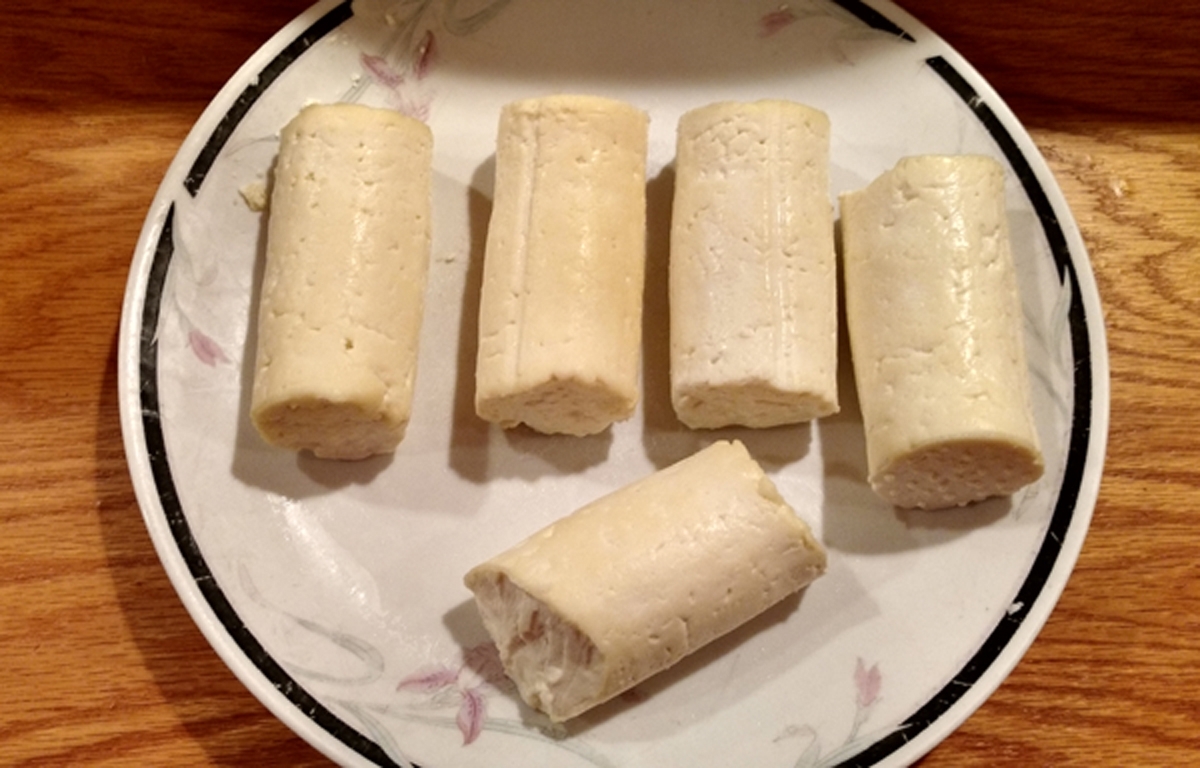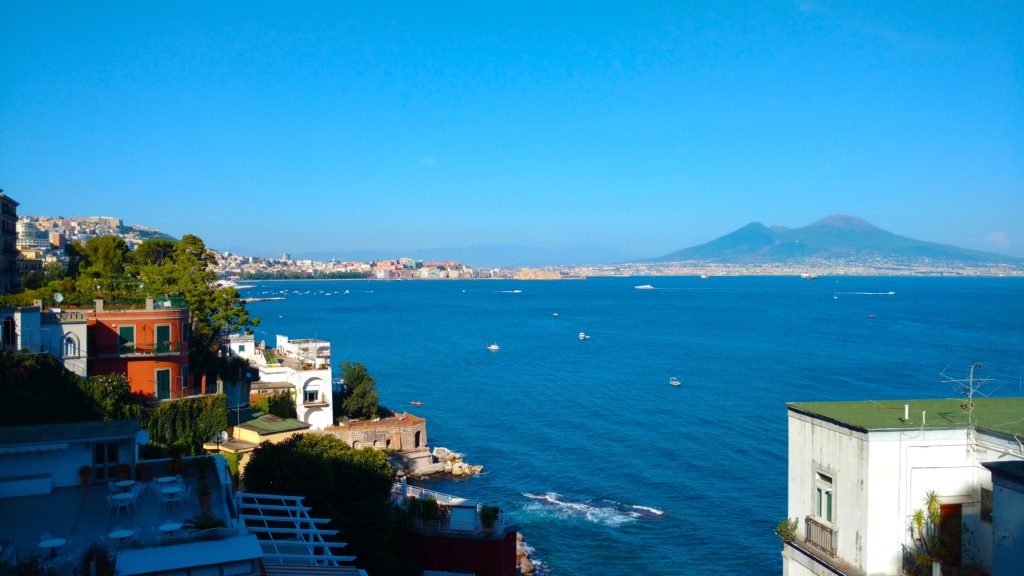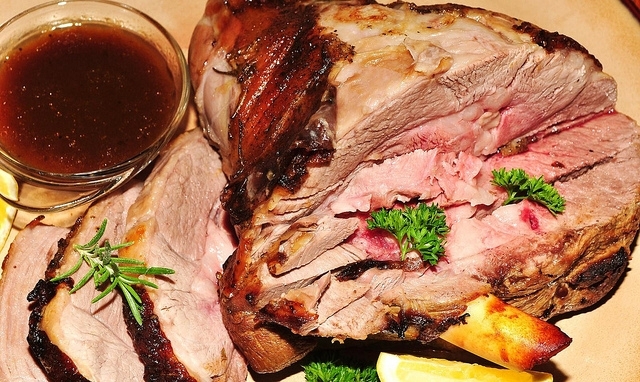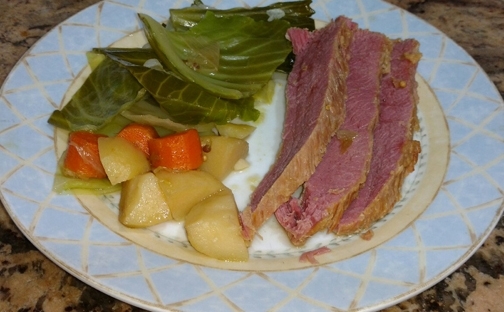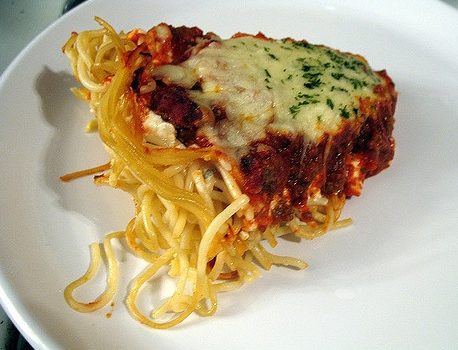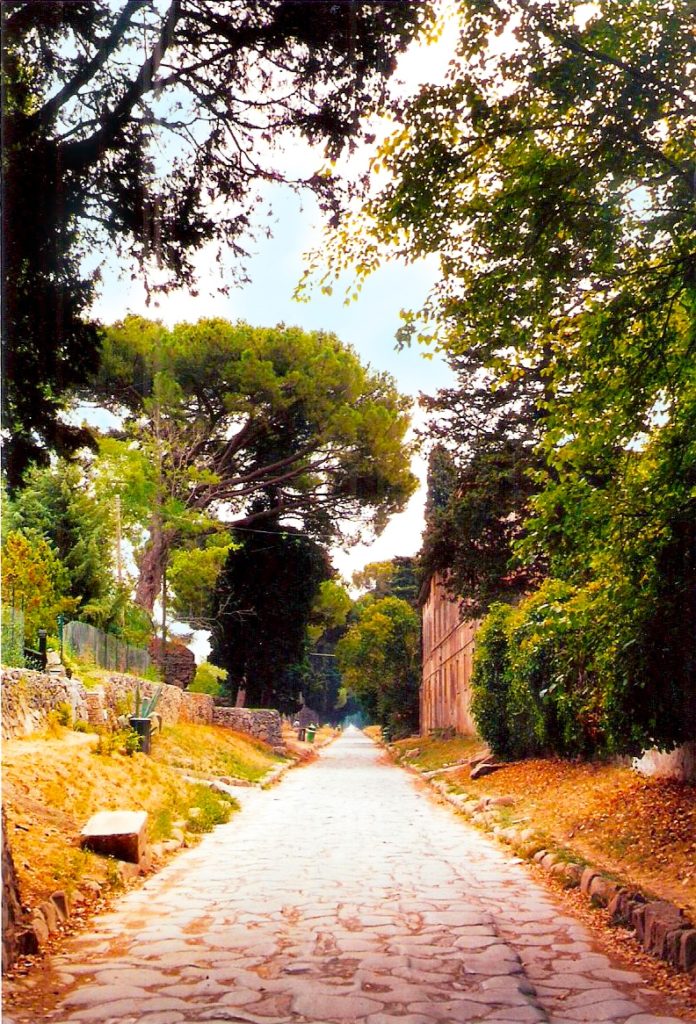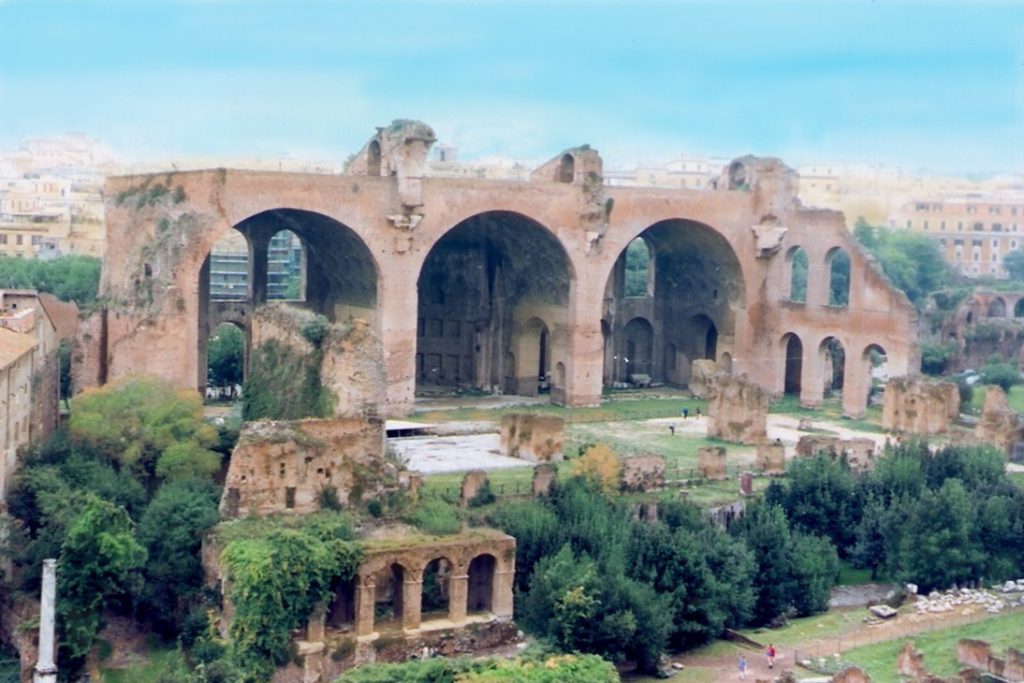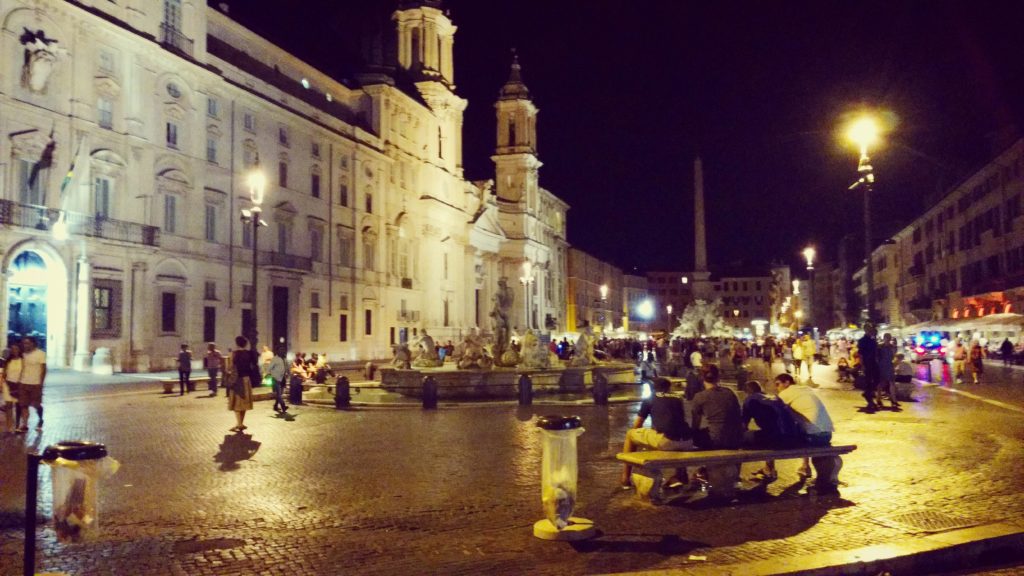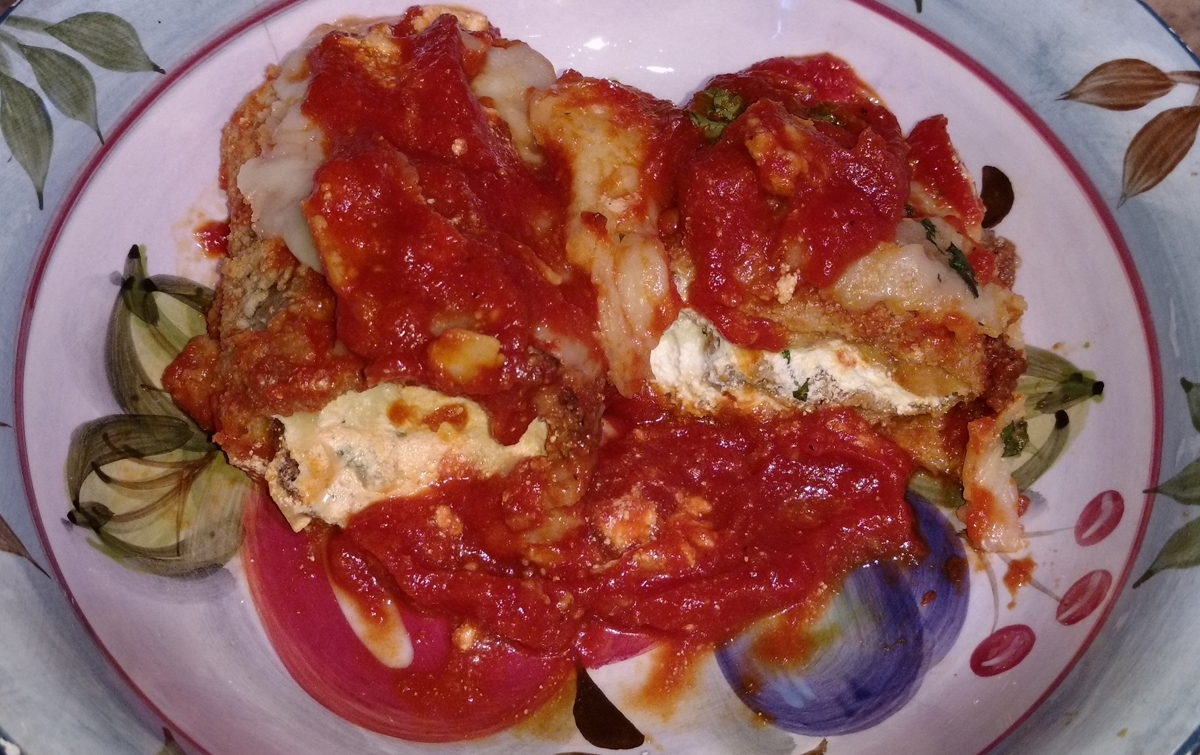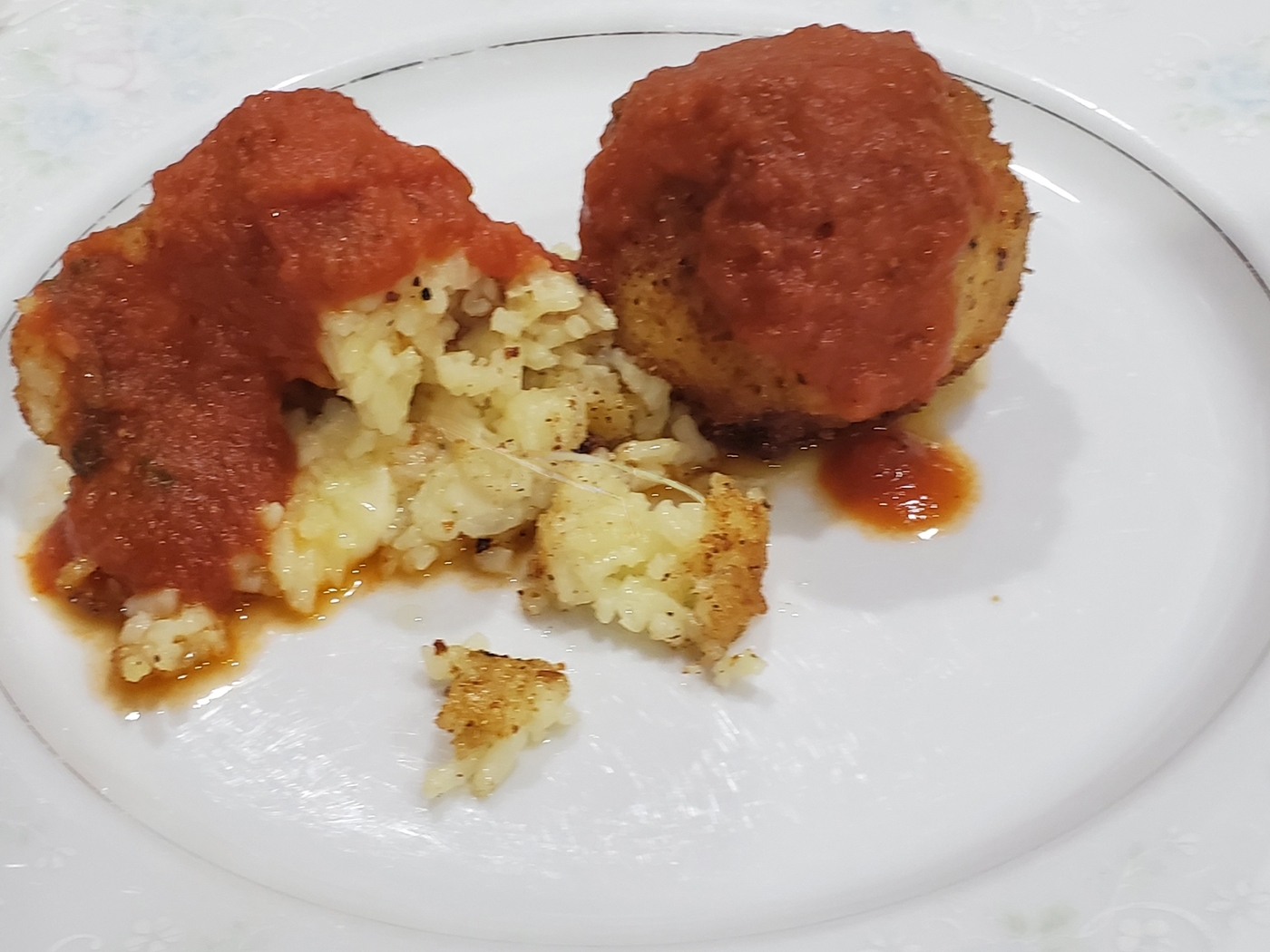It is believed that cheesemaking came about accidentally around 6,000 BC when milk was transported in the stomachs of cows or sheep which contained an enzyme, rennet, that caused the milk to curdle. By the time of the Roman Empire, it had become widespread throughout Europe and the Middle East.
This is an easy recipe for making typical homemade cheese known as marzellina, or also marzolina, that is eaten in the area of Ciociaria, Italy. It is delicious with day old Italian bread, preferably the large round loaf, sliced up tomatoes, and a bit of extra virgin olive oil drizzled over it. My father has been known to use hard, stale bread moistened with a little bit of water, and a tomato smashed on top to moisten even more. You can even grate it over pasta instead of using parmesan or pecorino cheese.
This cheese is made with a lot of salt, which was originally used to preserve the cheese, and the more it ages, the saltier and harder it gets. I like to eat it when it’s freshly made and still soft enough to spread on bread.
This recipe calls for cow’s milk, although farmers in Italy who have sheep or goats tend to use their milk instead. It uses rennet tablets, a type of coagulant, that causes the milk to curdle, separating the curd from the whey (which in reality causes the milk to spoil), but you can also use rennet in liquid form. For 1 quart of whole milk, use 2 tablets; for 1/2 gallon, use 3 tablets; and for 1 gallon of milk, use about 3 1/2 tablets. Do not throw away the whey – you can either drink it or use to make polenta, or any recipe that calls for a liquid, to make it richer.
I usually use metal molds for making cheese which were purchased in Italy (see picture below) but you can also use plastic molds which can be purchased online or at an Italian gourmet shop.
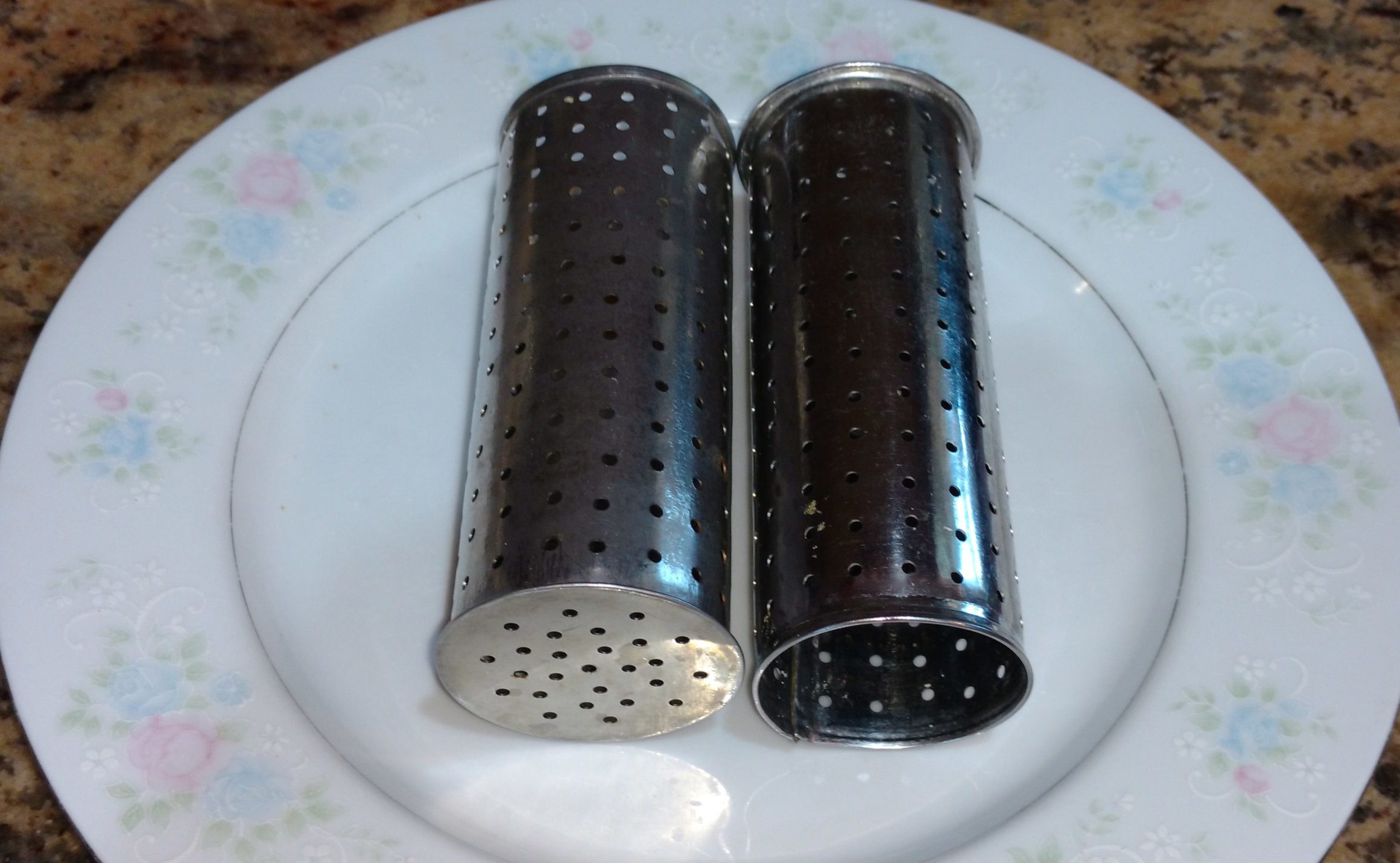
Metal Molds For Making Homemade Cheese
Ingredients
1 gallon whole milk
3 1/2 tablets of rennet
salt
- In a large bowl, pour the milk and bring it to room temperature; you can also warm it in a big pot.
- Crush rennet tablets in a bowl and mix with a little bit of warm water before adding to the milk, otherwise it will curdle the milk immediately. Mix gently into the milk.
- Cover the the milk with a towel and let stand until it is coagulated.
- Once you see that the curd has separated from the whey (curdled), break the curd apart with your hands gently. You can place the cheese molds on top or use a small strainer to create a weight on top of the curds so that the solids sink to the bottom and the whey remains on top which you can then remove with a ladle.
- Spoon the curds into the molds, packing them in, and place them in a strainer or anything that would allow them to drain (they must become solid), and refrigerate.
- When they are completely drained, remove the cheese from the molds and roll each one in salt until completely covered. Place in a storage container and refrigerate – they can be left for years in the refrigerator.
Join my mailing list so that you can have new recipes delivered right to your inbox!

